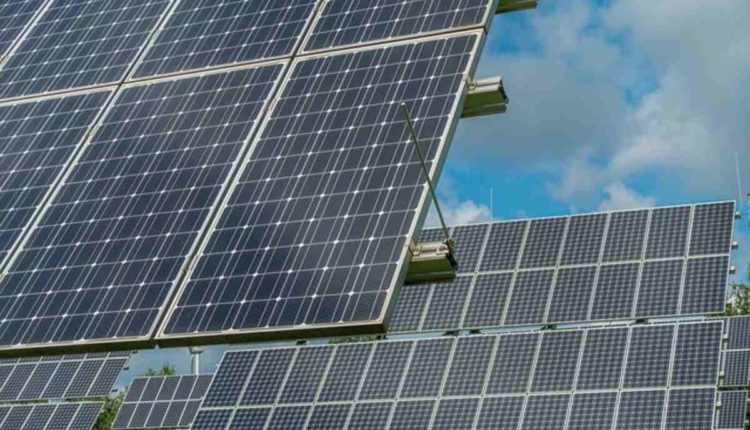Surely you’ve seen the brightly painted, shiny rooftops that so many modern skyscrapers feature. As soon as the sun hits these rooftops, they appear to sparkle in a rainbow of hues. However, these are not merely decorative additions to a house. In reality, they are solar panels, and they perform a crucial function, namely the generation of power for use in homes. A recent survey in the United States of America indicated that over 10,000 homes have installed solar power systems for their own use. Over 200 thousand residential blocks (in the largest U.S. cities) have been found to have solar photovoltaic cells installed. These solar panels produce alternating currents. In addition, the rise in solar power’s popularity isn’t just a U.S. phenomenon; it’s a worldwide phenomenon. More and more people are making the move to solar power systems around the world.
Familiarity with solar power systems and their complexity
Certain elements are required for a functional solar power system. To begin, there must be an inverter capable of converting DC electricity into usable 120-volt AC electricity. In turn, the DC current is generated by converting the solar energy collected by the photovoltaic panels into usable form. Connecting the various components of a solar power system takes wires, and various poles and clamps are used to install the system in places where there is plenty of sunshine for the greater portion of the day. In addition, a battery backup might be added to the system. Photovoltaic (PV) modules are collections of PV cells that work together to generate electricity. After collecting several of these modules, you’ll have yourself a solar panel.
Let’s investigate why these systems are so popular and who exactly employs them. In both grid and off-grid areas (where people still lack access to utility power), solar power systems are gaining popularity for two obvious reasons.
The devices typically only produce energy throughout the day, while sunlight is still present. This is due to the fact that these systems are inoperable after dark. This hampered the solar power units’ progress and delayed their widespread use. So solar energy was not widely employed back then. However, things have changed drastically as a result of remarkable developments in technology. Now, surplus electricity generated during the day can be collected, stored, and used at night. The ability to store electricity is especially helpful on cloudy days. The present solar power system is quite helpful, and this is due in large part to technological advancements.
There are a number of other considerations that should not be overlooked. Those with grid-connected solar panels, for instance, can contribute to the power grid by selling excess energy. Of course, the surplus electricity can be sold for profit. This requires nothing more than keeping the solar panel array linked to the electrical grid. In reality, many individuals are already doing this very thing with their solar power systems, producing more electricity than they need and selling the excess to cover costs and make a profit. This sort of structure is typical in the kind of bustling, multicultural urban areas where Google has its headquarters in California.
When the electricity networks are located a specific distance (often a couple of miles) from residential sites, the economic benefits of solar power systems are at their highest. This is because of the obvious fact that it costs a lot of money to put up the poles and run the wires from there to each individual house. Solar panels installed on the home’s roof are considerably less expensive than those installed elsewhere. Sunlight is employed as the only raw resource and it is completely free. Therefore, if solar power systems are employed, the topic of paying expensive electricity bills every month ceases to arise after installation. More and more residents are being encouraged to begin using solar electricity by the government and other local entities. And they do this by providing a plethora of discounts, rebates, and other forms of enticement.
When you switch to solar power for your home’s electricity needs, you may reduce your carbon footprint while simultaneously saving money on your monthly utility bills. The power that is created in excess can be simply preserved, stored, or sold for profit. In an ideal world, you would be using a training manual that has in-depth explanations of things like where to put the system for optimal outputs, how to finish wiring it up, and what precautions to take along the way. A manual would also detail where to get the system’s batteries for free and where to purchase the remaining parts at reduced costs. The information in the manual would be very useful in setting up a solar energy system at home.
Jim Martin has written the best-selling e-book “Earth 4 Electricity- Renewable Energy Made Easy” and has done extensive research and invention in the field of renewable energy. Jim has authored scores of pieces on the topic of home energy, which has been published in Ezines and print magazines and featured on hundreds of websites around the world. Visit Solar Power to read more about Solar Power and Wind Power creator Jim Martin’s revolutionary step-by-step system.
Read also: Techniques for Using a New Car Getting Service
